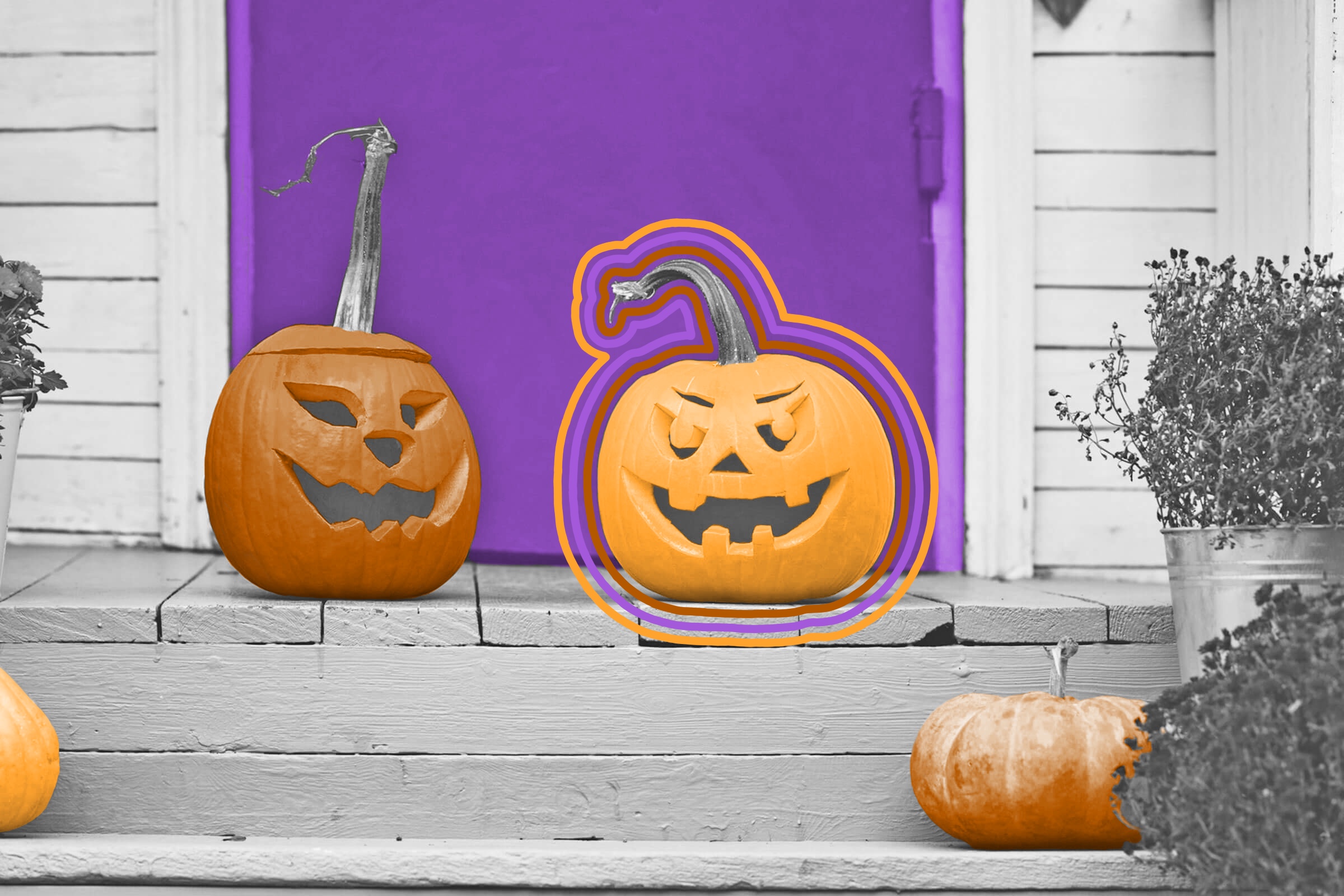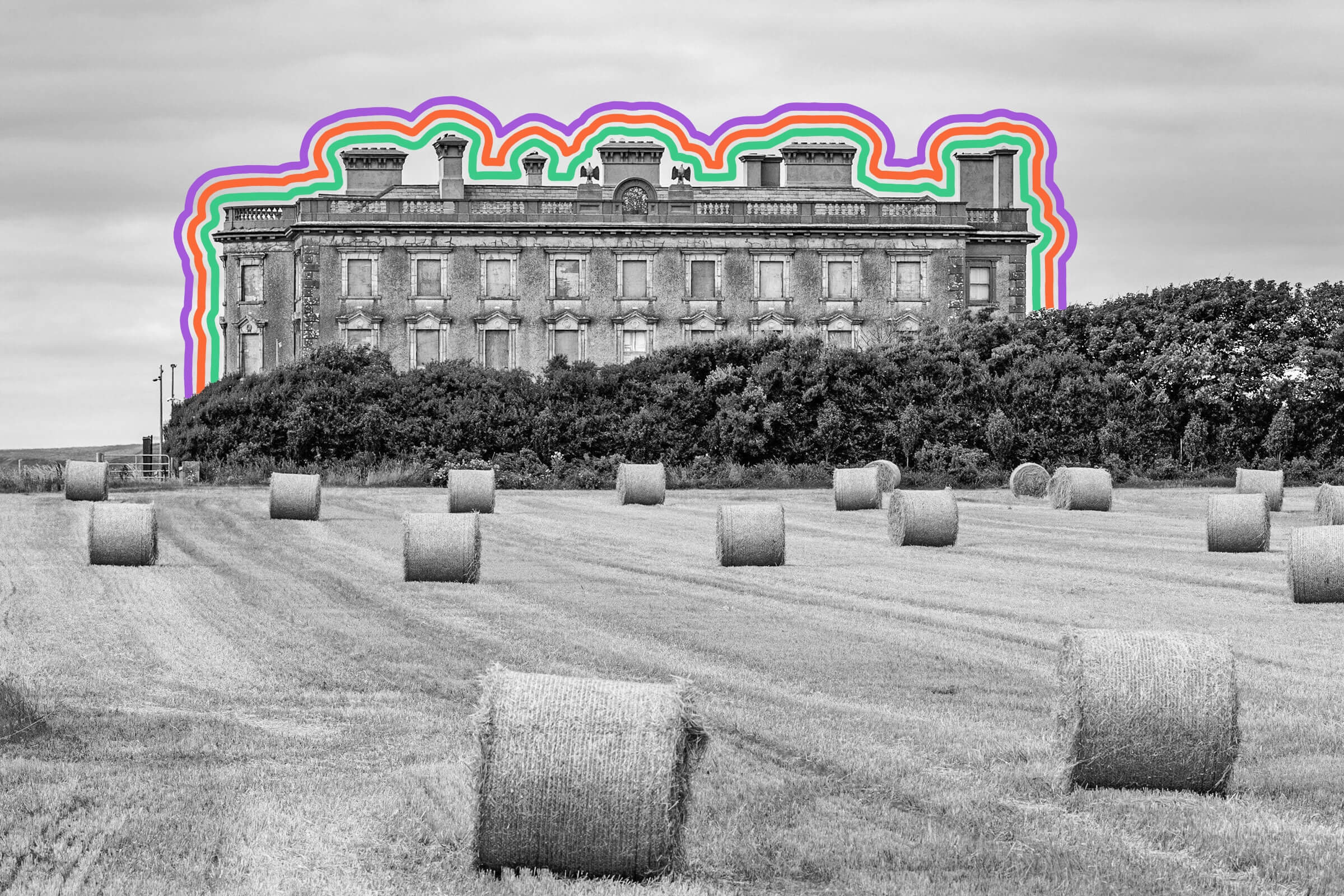
Jack-o’-lanterns come from an Irish myth about a man named Stingy Jack.
No matter what face you carve into your Halloween pumpkin, it will probably be called the same thing: a jack-o’-lantern. But how did spooky illuminated squash get that name? Turns out, the term we use to describe glowing pumpkins comes from Stingy Jack, the main character in a centuries-old Irish myth.
Americans haven’t always carved pumpkins; it wasn’t until the mid-1800s that squash was used for holiday fun. About 200 years before, those celebrating the harvest season in Ireland were making their own lanterns from turnips, beets, and other root vegetables as a way to ward off Stingy Jack, a phantom who roamed the countryside around the harvest. According to Irish lore, Stingy Jack (sometimes called Flakey Jack) was a swindler who took up drinking with the devil, though when the tab came due, he didn’t want to pay his share. After convincing the devil to turn into a coin, Jack trapped his drinking partner in his pocket, releasing him only with the agreement that Jack’s soul would stay free of the underworld. However, as in all folktales, there was a catch (and a warning about immoral behavior): At the end of his life, Jack’s trickster soul wasn’t accepted into heaven or hell, leaving him to wander the earth with naught but a coal (provided by the devil himself) inside a turnip-turned-lantern. By the story’s end, Stingy Jack became “Jack of the Lantern,” which eventually morphed into “Jack O’Lantern.”
Irish immigrants brought the Stingy Jack story to America, though the name and practice of jack-o’-lantern carving took some time to catch on. It particularly picked up following the Civil War, when a grief-struck nation became fascinated by spirits and ghost stories, and it’s a tradition that’s become a fixture of autumn in America ever since.
Not every jack-o’-lantern requires a candle for illumination. Enter the jack-o’-lantern mushroom, a common fungi known for its ability to glow in the dark. The bright orange and yellow mushrooms often appear in summer and fall, popping up in clusters at the bases of trees, along stumps, or at the site of buried and decaying wood. After dark, the funnel-shaped fungi show off their bioluminescence, which appears as a faint green glow. There are two related species with the same common name, coloring, and ability to glow: Omphalotus olivascens grows in Mexico and California, while Omphalotus illudens grows throughout eastern North America. Mycologists (aka fungi scientists) are unsure why jack-o’-lantern mushrooms are equipped with the ability to light up, though some believe their ability to do so attracts animals that help spread their spores. The glowing tends to stop after the mushrooms are picked, though there’s another reason jack-o’-lantern mushrooms are best left alone: They’re packed with a toxin that can cause severe stomachaches.

